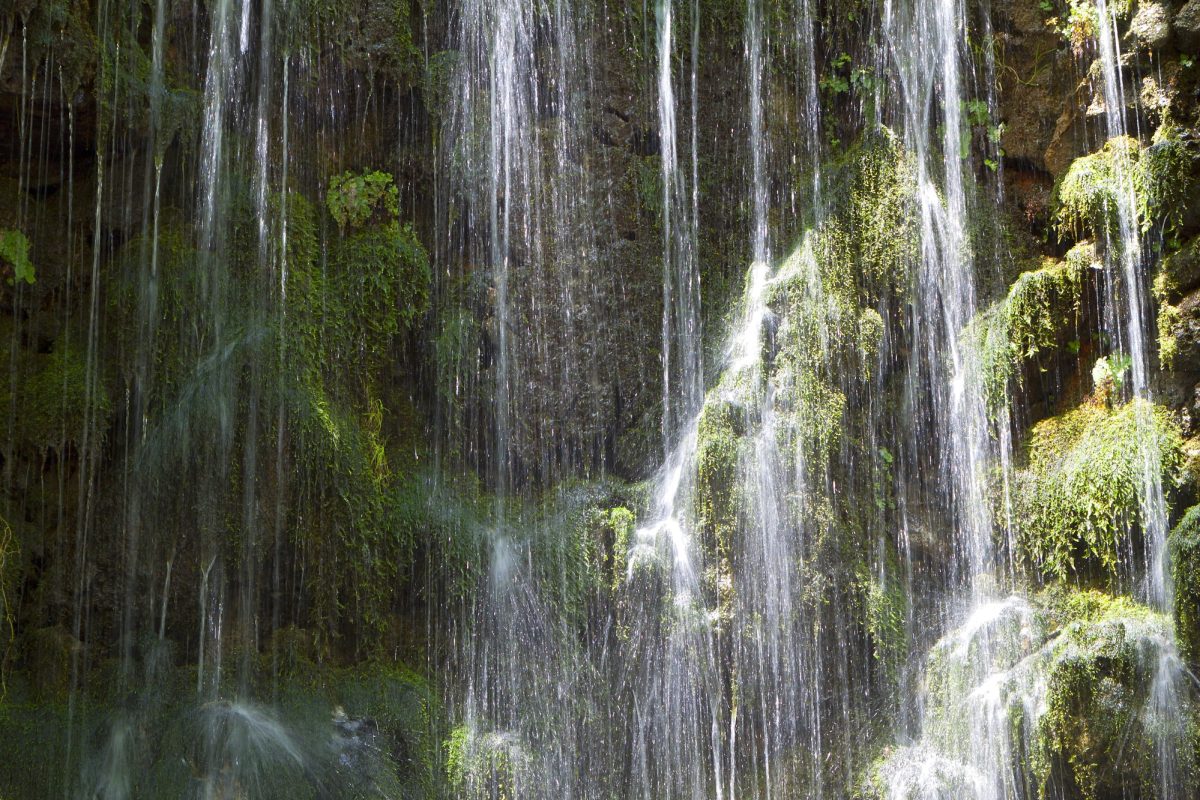Crete, the largest of the Greek islands, is a land of stunning contrasts, where rugged mountains meet the sparkling blue sea. Among its many natural wonders, the mountain springs of Crete stand out as vital sources of fresh water, beauty, and cultural heritage. These springs have played a crucial role in the island’s history, sustaining life, agriculture, and providing a setting for myths and legends. Exploring the mountain springs of Crete is a journey into the heart of the island’s natural landscape and cultural identity.
The Importance of Mountain Springs
Mountain springs are the lifeblood of Crete. They provide essential water for drinking, irrigation, and supporting the island’s diverse ecosystems. The fresh, pure water from these springs is a testament to the island’s natural richness and the geological processes that shape its landscape.
- Hydrological Significance: The springs are fed by rainfall and snowmelt, which filter through the porous limestone and emerge as crystal-clear water. This natural filtration process ensures the water is exceptionally pure, making it a valuable resource for both humans and wildlife.
- Agricultural Lifeline: In a region where water can be scarce, the mountain springs are crucial for agriculture. They irrigate the fertile plains and terraced fields, supporting the cultivation of olives, grapes, and other crops that are integral to Cretan cuisine and economy.
Notable Mountain Springs of Crete
Several mountain springs on Crete are renowned for their beauty, historical significance, and the cultural stories that surround them. Here are some of the most notable ones:
The Springs of Argyroupoli
Located in the Rethymno region, the springs of Argyroupoli are among the most famous on the island. The village of Argyroupoli is built on the site of the ancient city of Lappa, and the springs here are surrounded by lush greenery and historical ruins.
- Natural Beauty: The springs create a series of cascading waterfalls that flow through a verdant landscape, making it a popular spot for both locals and tourists. The area is rich in flora and fauna, providing a serene and picturesque setting.
- Historical Significance: The water from these springs has been used since antiquity. Remnants of Roman baths and ancient watermills can be found in the vicinity, indicating the long-standing importance of this water source.
The Springs of Zaros
Situated on the southern slopes of Mount Psiloritis, the springs of Zaros are another significant natural feature. The village of Zaros is known for its traditional way of life and its famous spring water.
- Votomos Lake: The water from the Zaros springs feeds into Votomos Lake, a tranquil spot surrounded by walking paths and picnic areas. The lake and the springs are a haven for wildlife, including various bird species.
- Water Bottling: The spring water from Zaros is bottled and sold throughout Greece, known for its exceptional purity and taste. Visiting the springs offers an opportunity to taste the water directly from its source.
The Springs of Spili
In the heart of Crete, the village of Spili is renowned for its Venetian fountain, which is fed by natural mountain springs. The fountain, known as Kefalovrissi, features 25 lion-head spouts that deliver fresh, cold water.
- Cultural Landmark: The lion-head fountain is a striking architectural feature and a symbol of the village. The water is said to have therapeutic properties, and locals and visitors alike come to fill their bottles.
- Botanical Gardens: Spili is also home to a botanical garden that showcases the diverse plant life of Crete, many of which thrive thanks to the abundant spring water.
Cultural and Mythological Connections
The mountain springs of Crete are not only natural wonders but also cultural and mythological treasures. They have been revered in local folklore and ancient mythology, adding a layer of mystique to these natural sites.
- Mythological Roots: Many springs are associated with Greek mythology. For example, the Dikteon Cave, near the springs of Psychro on the Lassithi Plateau, is said to be the birthplace of Zeus. According to legend, the fresh water from these springs sustained the infant god.
- Folklore and Legends: Local legends often attribute healing properties to the spring waters. Stories of nymphs and spirits inhabiting these springs are common, reflecting the deep spiritual connection the Cretans have with their natural environment.
Visiting Cretan Mountain Springs
Exploring the mountain springs of Crete offers a unique blend of natural beauty, history, and cultural immersion. Here are some tips for making the most of your visit:
- Hiking and Nature Walks: Many of the springs are accessible via scenic hiking trails. These paths often lead through lush landscapes, providing opportunities to see local wildlife and enjoy the island’s natural beauty.
- Local Cuisine: Many villages near the springs offer traditional Cretan cuisine. Enjoying a meal at a local taverna, often accompanied by spring water, is a delightful way to experience the local culture.
- Respect and Preservation: Visitors are encouraged to respect these natural sites by not littering and avoiding any actions that could harm the environment. Preserving these springs ensures they continue to provide for future generations.
Conclusion
The mountain springs of Crete are more than just sources of fresh water; they are vital parts of the island’s ecological, cultural, and historical fabric. Exploring these springs allows visitors to connect with Crete’s natural beauty, uncover ancient myths and legends, and experience the deep-rooted traditions that have shaped the island’s identity. Whether you’re drinking from a lion-head fountain in Spili or hiking to the serene springs of Zaros, each visit is a journey into the heart of Crete, where nature and culture flow together seamlessly.


